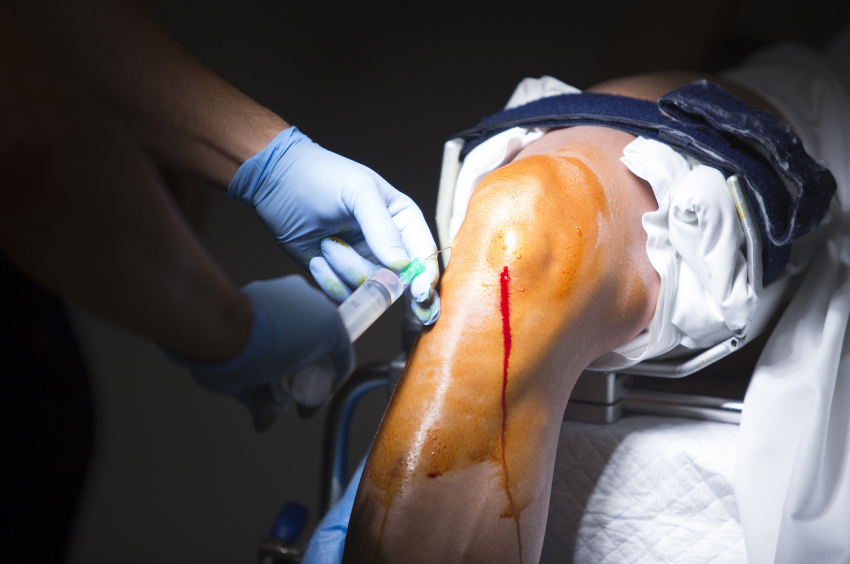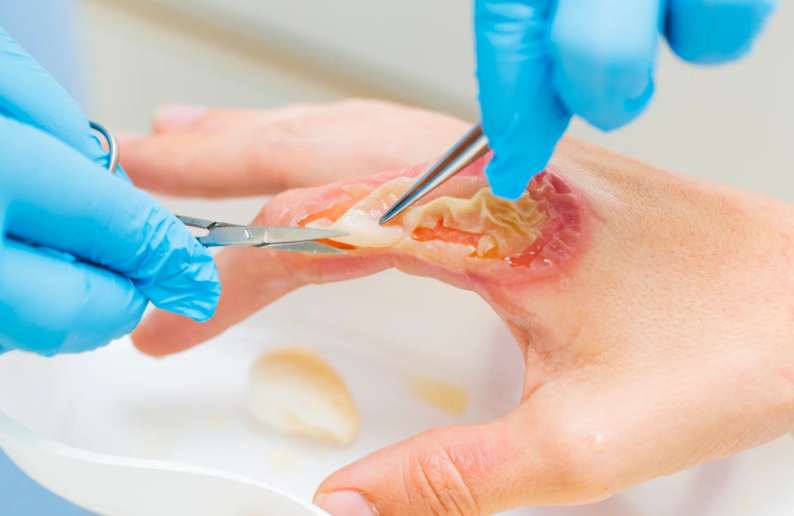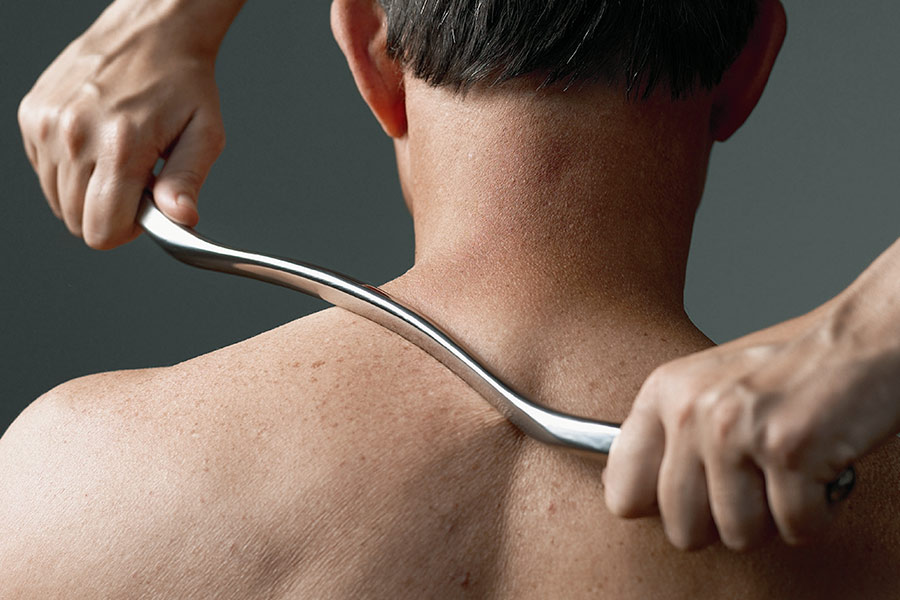Knee instability is a common concern that affects individuals due to various reasons such as ligament injuries, patellar dislocations, and more. For many patients, this condition significantly impacts mobility and quality of life. When conservative treatments fail to provide sufficient relief, knee surgery becomes a crucial consideration. One effective surgical option that orthopedic specialists often recommend is Tibial Tuberosity Transfer (TTT).
Understanding Knee Instability
Knee instability can arise from different underlying causes, including traumatic injuries or structural abnormalities. Patients often experience symptoms like recurring pain, swelling, and a sense of the knee giving way during physical activities. Such issues can severely limit daily activities and sports participation. For individuals facing persistent instability, knee surgery presents a viable path towards restoring stability and function.
What is Tibial Tuberosity Transfer?
Tibial Tuberosity Transfer (TTT) is a surgical procedure designed to address knee instability by realigning the patellar tendon. During TTT, the orthopedic surgeon relocates the attachment point of the patellar tendon, thereby improving the patella’s tracking within the femoral groove. This corrective measure aims to alleviate pain, prevent further dislocations, and restore normal knee mechanics. For patients suffering from recurrent instability, knee surgery through TTT offers a targeted solution to enhance long-term joint stability.
Indications for Tibial Tuberosity Transfer
TTT is typically recommended for patients who have not achieved adequate symptom relief with conservative treatments such as physical therapy or bracing. It is particularly beneficial for individuals with structural abnormalities or a history of recurrent patellar dislocations. By addressing the root cause of knee instability, knee surgery via TTT aims to provide lasting improvement in joint function and reduce the risk of future injuries.
The Surgical Procedure
The TTT procedure involves several key steps. First, the orthopedic surgeon makes an incision over the knee to access the patellar tendon and tibial tuberosity. Next, the surgeon carefully detaches and repositions the tibial tuberosity to correct the alignment of the patellar tendon. Specialized surgical techniques and tools are used to secure the realigned tendon, ensuring optimal stability and function post-surgery. While TTT is generally safe, patients should be aware of potential risks and complications associated with any knee surgery, including infection and stiffness.
Recovery Process
Following TTT, patients undergo a structured rehabilitation program supervised by a physical therapist. The initial focus is on reducing swelling, regaining knee range of motion, and strengthening surrounding muscles. Over time, patients gradually increase their activity levels under guidance to promote healing and restore functional mobility. The duration of recovery varies but typically allows for a return to daily activities and sports within several months post-surgery. Commitment to post-operative care is crucial for maximizing the benefits of knee surgery through TTT.
Benefits of Tibial Tuberosity Transfer
The primary benefit of TTT is the significant improvement in knee stability and function. By realigning the patellar tendon, TTT reduces the risk of patellar dislocations and enhances joint mechanics during movement. Patients often report reduced pain, improved strength, and increased confidence in their knee’s ability to withstand physical demands. For individuals seeking a reliable solution to chronic knee instability, knee surgery via TTT offers tangible benefits in terms of long-term joint health and overall quality of life.
Alternative Treatments
While TTT is highly effective for many patients, alternative treatments for knee instability may include bracing, physical therapy, or other surgical techniques depending on the specific condition and severity. Orthopedic specialists assess each patient individually to recommend the most appropriate course of treatment. Comparing options helps patients make informed decisions regarding their knee surgery and recovery goals.
Takeaway
In conclusion, Tibial Tuberosity Transfer (TTT) stands as a proven knee surgery solution for addressing chronic knee instability. By correcting the alignment of the patellar tendon, TTT enhances joint stability, reduces pain, and restores functional mobility. For individuals struggling with recurrent patellar dislocations or structural abnormalities, TTT offers a reliable pathway towards long-term joint health and improved quality of life. Consulting with an experienced orthopedic specialist is crucial for exploring whether TTT is the right knee surgery option to achieve optimal outcomes.











